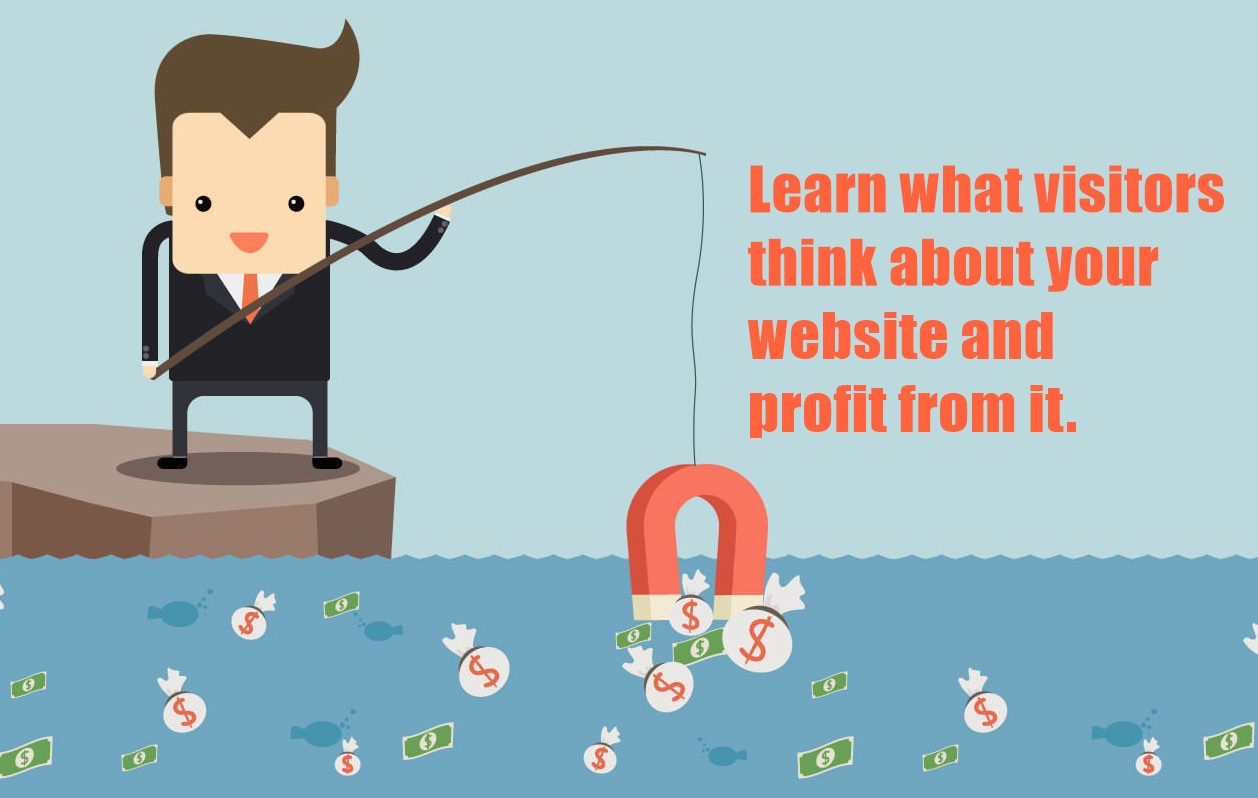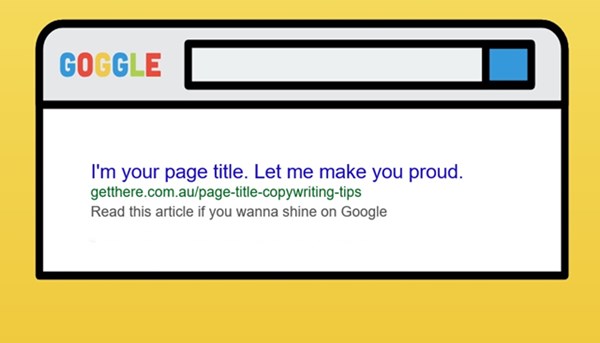Are you losing business because your audience find your website confusing or frustrating?
Wouldn’t have a clue?
That’s ok. Most small business owners are in the dark about customer website experiences.
It’s not easy to work out what visitors think about your website if you:
- don’t know what to look for
- don’t have the budget to spend on research
- think that tools like Google Analytics are painful and time-consuming.
But you need to find out what’s going through their heads when they hit your pages.
It’s only way to tailor-make your website experience for the people you want to do business with.
Otherwise, a lot of impatient hot leads will give you the cold shoulder and spend their money with someone else.
Gee Simon, that’s one helleva mood killer
Stay with me. I promise it gets better.
One of the best ways to discover what you’re doing well, where you might be going wrong – and how to fix it – is to run a simple face-to-face usability test.
In other words, invite people over to use your website and listen to what they have to say.
(Note: This isn’t a focus group as you meet with each person alone).
Who should you invite to your usability test party?
Not your mamma or your mates
You need a sample of your target audience. Preferably people who don’t know you, or care about your feelings.
You hope to hear lots of promising feedback, but you need to hear the bad stuff.
No pain, no gain.
People with good and bad technical skills
Some folks can transform an IKEA flat-pack into beautiful furniture within minutes. Others end up in divorce court.
Think of your website the same way.
Unless it’s a complete shite-fight, most tech savvy participants will find their way around. But many others are never really at home with technology.
You need to watch, listen to and learn from both types to ensure your site offers a pleasing experience for everyone.
Cold callers
If someone has visited your site before, they’re going to have different experiences, pleasures and concerns to those who have never dropped in, or even heard of you.
You want your participants to be looking at your site for the first time.
Mobile and desktop users
If your audience access your site using different devices (smart phone, pc/laptop), you should test website experiences on both.
3 steps to web audience know-ability
Find 5 – 6 participates
Preferably, choose people who have never used the site before and don’t have a vested interest in your business.
You’ll probably need to entice them with some cash, a gift voucher or movie pass. It’s still a lot cheaper, easier and faster than getting a research company involved.
Get them to complete activities on your website
Forget about stuff like, “Do you like my orange button?” Stay focused on the big prizes.
Think about the most important things that people need to accomplish on your site. For example:
- buy a product
- join a course
- download an ebook.
Whatever those top priority tasks are, write them down. Then create a scenario for each one to ask your participants.

Fashion website scenario example
Say you wanted to know how men shopped for clothes. One activity scenario might be:
You’re going on holiday and you want something nice to wear out at night, but nothing too expensive in case it gets lost or ruined. Buy a collared shirt you like for under $50.
Ride-sharing company scenario examples
If you were about to launch a Mongolian knockoff version of Uber – let’s call it Ghengis Car – you’d probably want to get participants to:
Book a yak cart
Scenario:You’re going to a festival in the Gobi Desert in three hours. Use your phone app to book the cheapest ride available.
Make an urgent booking
Scenario:You need to be in downtown Ulaanbaatar for a meeting in less than an hour. Use your phone app to book our fastest Mongol stallion available.
Review a ride
Scenario:The driver dropped you home right at the flapping door of your yurt in a minus 30C blizzard. Now you’re cosy and warm by the fire, enjoying a double shot of horse milk. Review the driver.
To avoid handing participants clues, don’t include steps or terms like “click to find’, ‘search for’ or ‘sign in and…’
Ask them to share their thoughts (and record it all)
Running tests one person at a time allows you to focus closely on each participant’s experiences. And no-one gets swayed or intimidated by other participants.
As each person works through an activity, ask them to voice what they’re thinking and feeling. Write everything down and record the session on video.
If participants get stuck somewhere, don’t prompt them immediately. You want to remain an observer for as long as possible.
Choose your words carefully. You don’t make anyone feel pressured for time, or stupid for not completing an activity.
Once each participant has finished the activities, ask them to reflect on things they may not have mentioned:
- Was the language clear or confusing?
- Did the navigation help or hinder them, and why?
- Were any interactive features easy to use?
- Did the page load fast enough?
- Did they have a good or bad experience? Why or why not?
As a general rule, if several people complain about the same issue, give it immediate attention.
Usability testing doesn’t have to be costly or complex
There’s never been a better time, or more ways, to learn what people really think about your website.
From A/B testing, Google data and eye-tracking heatmaps to focus groups, screen-sharing over the internet and five second tests
But even if you eventually go down one or more of those tracks, it’s always beneficial to spend time in front of a screen watching and listening to people you want to do business with online.
Because in face-to-face tests you get a sense for how users are really feeling, and often pick up information gems that don’t reveal themselves in other tests.
It’s a fairly easy and cost-effective DIY way to:
- get direct and honest feedback about your website
- discover pain points that prevent customers from reaching goals
- compare improvements that you make after tests.
And that sort of knowledge can perform wonders for your conversions, loyalty and profits.
But what if you’re too busy, embarrassed or shy to ask customers about their website experience?
Then you can always get help from a content consultant (like me).




